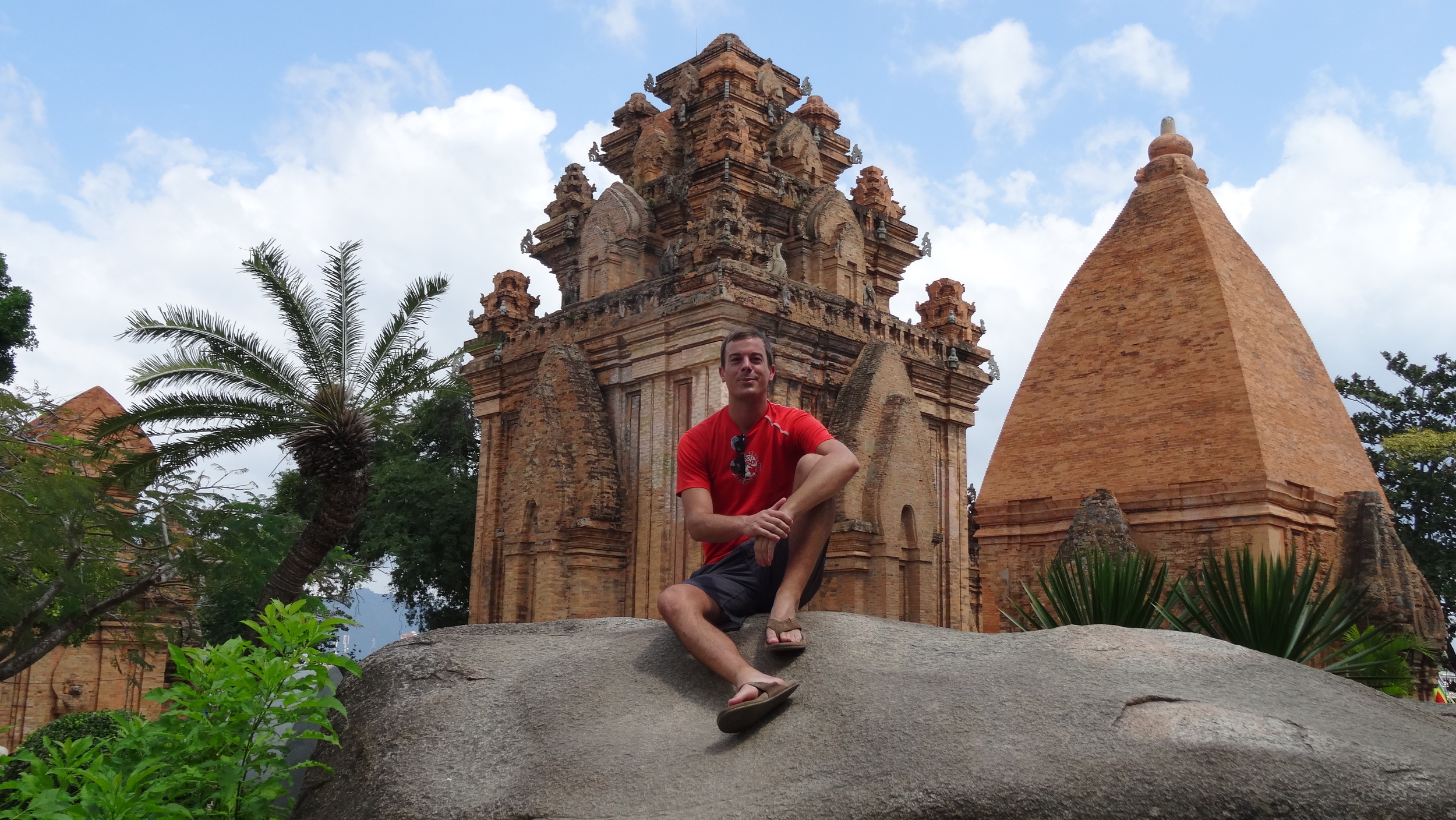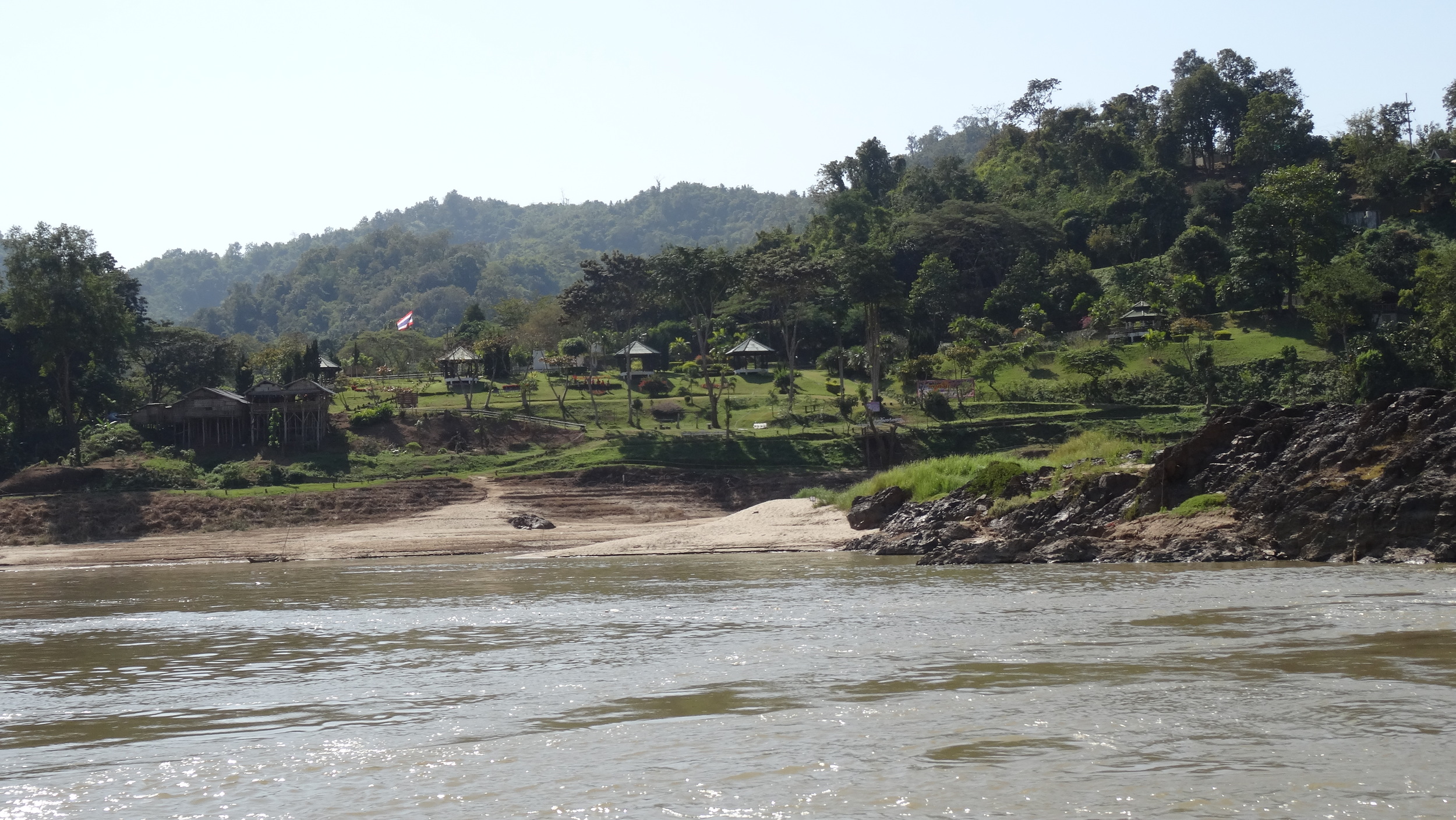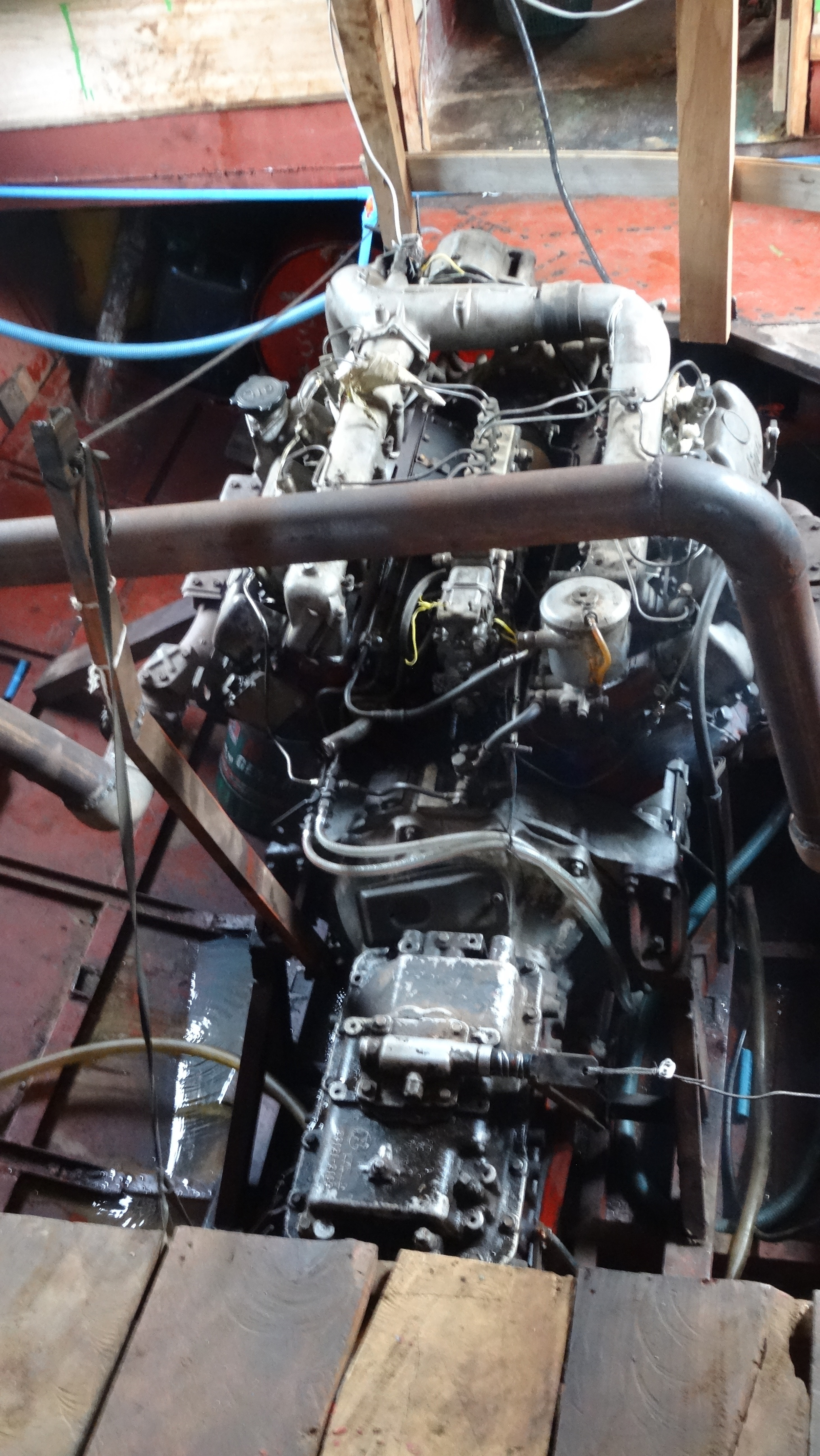This is just a small snippet of my trip on the mighty Mekong river but hopefully it gives you some idea of my ride from Chiang Rai, Thailand to Luang Prabang, Laos. It's a two day, one night trip (you sleep in one of the local towns at the half way point - accommodation are separate from boat). This was a perfect way to see the Mekong and it's communities while still keeping me on my North to South course in Laos.
After the boat trip I gained a new perspective for how important the river is to not only Laos, but all of Asia, spanning from Tibet to the far south of Vietnam.
I highly recommend this voyage to anyone traveling from Chiang Mai, Pai, or Chiang Rai to Laos (the three jump off points in Thailand). It's cheap, an adventurous means of transportation, and you're guaranteed to make a few new travel comrades.
Mekong River Fast Facts:
-Mekong translates to "Mother Water"
-11th longest river in the world
-Economic fishery value of $3.9-7 billion
-Over 30 Hydropowder plants in four different countries.
-Home to the Giant Mekong Catfish. One part real, one part urban legend. This endangered fish can reach up to 8 ft in length and weigh 700 lbs.




































































